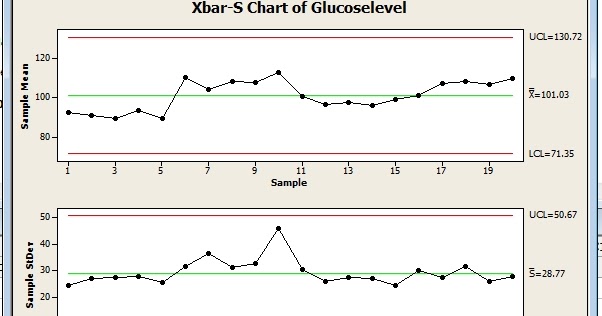
The optional weights parameter sets weights for each of the x values.discreteTrue is needed to have a bar for each x value. The extended and improved versions are now called histplot (histogram with optional kde ), kdeplot (for just a kde) and displot (creates subplots). Now, all we have to do is create a histogram of the values appearing in the FnofSsq column. First off, note that distplot has been depreciated in Seaborn 0.11. \(X_1, X_2, \ldots, X_n\) are observations of a random sample of size \(n\) from the normal distribution \(N(\mu, \sigma^2)\).The Sampling Distribution of the Sample Means.ĥ) Both means are the same. We select all the samples of 4 such social workers from the population of 6 to create a sampling distribution of the means.ġ) find the mean and standard deviation of this populationĢ) List the 15 samples size 4 and their means from this populationģ) List the sample mean, frequency and probability for each sample mean.Ĥ) Find the mean and standard deviation for this sampling distribution of the means.ĥ) Compare l -x bar with l and r -x bar with r.ġ) The population mean l = 3.16667, and the standard deviation r = 0.68718Ģ)15 random samples (n = 4) and l their means. We are doing a study with respect to length of service onĦ neighbourhood social workers. This population and calculate their means.ġ5 random samples (n = 2) and l their means.Ĭ) Use the results of part (b) to construct the sampling distributionĭ) Calculate the mean l and variance r ² of the probability distribution in part (c)Īnd compare them with the results obtained in part (a).

Random samples of size 2 are selected from the finite population consistingĪ) Find the mean and standard deviation of this population.ī) List the 15 possible random samples (n = 2) that can be selected from If x is the mean of 3 different samples from a total of 12 samples, To find the probability of any particular sample mean, we divide the frequency An X-bar and R (range) chart is a pair of control charts used with processes that have a subgroup size of two or more. A statistics sampling distribution is just the distribution of all possible values the estimate could take, over all possible samples of a given size drawn from the population of interest. If a given sample mean x occurs f times in the distribution, then P( x) = f / 10 C 3. What youre referring to as 'variance' is generally called standard error, the standard deviation of the sampling distribution of the statistic. We will get 10 C 3or 120 samples and their means. So, if there are 10 data items in the population and we take samples of 3 items each, The number of samples size n we will get from a finite population size N is N C n. The range of the sampling distribution of the means is 12 - 4 = 8. Discuss the distribution and parameters for the sampling distribution. In the example that follows, the range of the parent population is 13 - 3 = 10. Define the sampling distribution of the sample mean. Since the standard deviation measures the spread of the distribution, and the sampling distribution is always packed tighter around the sampling mean, r x-bar < r. This is because the range of the sample means data is smaller than the range of the population sampled. The standard deviation of a sampling distribution of the means (called sigma x bar) is always less than the standard deviation of the parent population. The mean of a sampling distribution of the means (called mu x bar) is always equal to the mean of the parent population. The Mean & Standard Deviation of the Sampling Distribution of the Means (an option is to list the frequency of each mean: see part 3 of Practice question) To display this distribution, we list the value of each sample mean x-bar and The Sampling Distribution of the Sample Meansĭefinition: The probability distribution of the sample meansĭerived from all possible samples of a given size from a given population. We then use this new distribution, The Sampling Distribution of the Sample Means, to find the mean of and an estimate for the standard deviation of the parent population. When we need information about the parameters of a population (especially a finite population) we collect many samples of a given size n from the population, then set up the probability distribution for the means of all our samples. No matter what the population looks like, those sample means will be roughly normally distributed given a reasonably large sample size (at least 30). Take a sample from a population, calculate the mean of that sample, put everything back, and do it over and over. Sampling distr of mu The Sampling Distribution of the Means Sampling distribution of the sample mean.


 0 kommentar(er)
0 kommentar(er)
